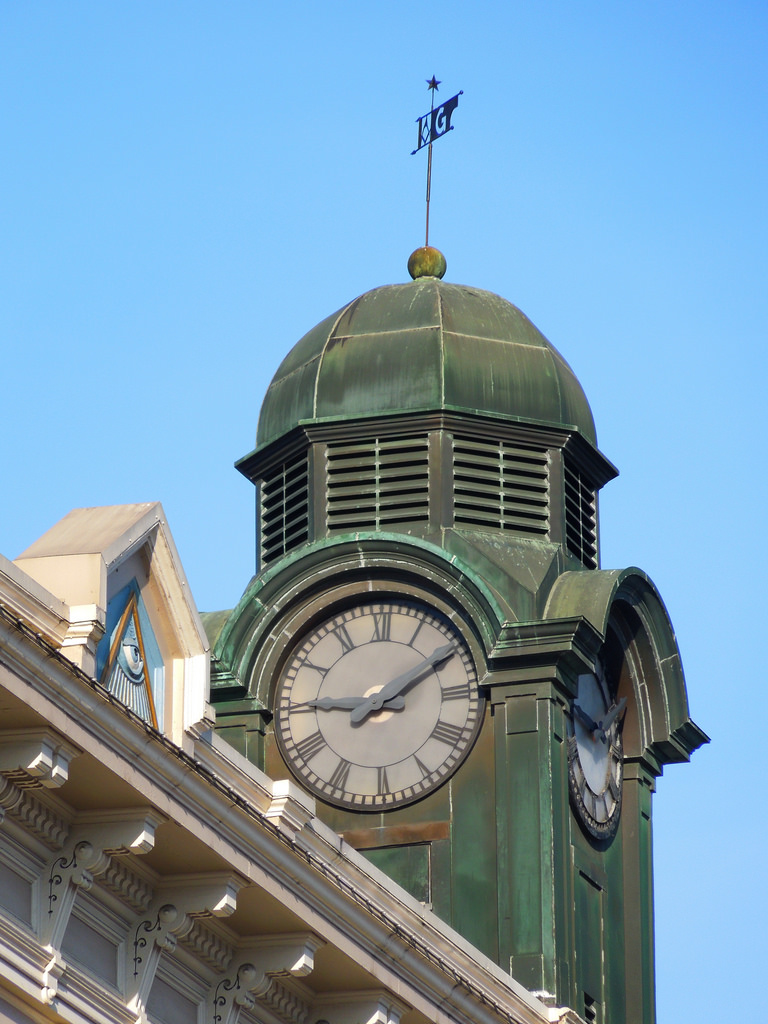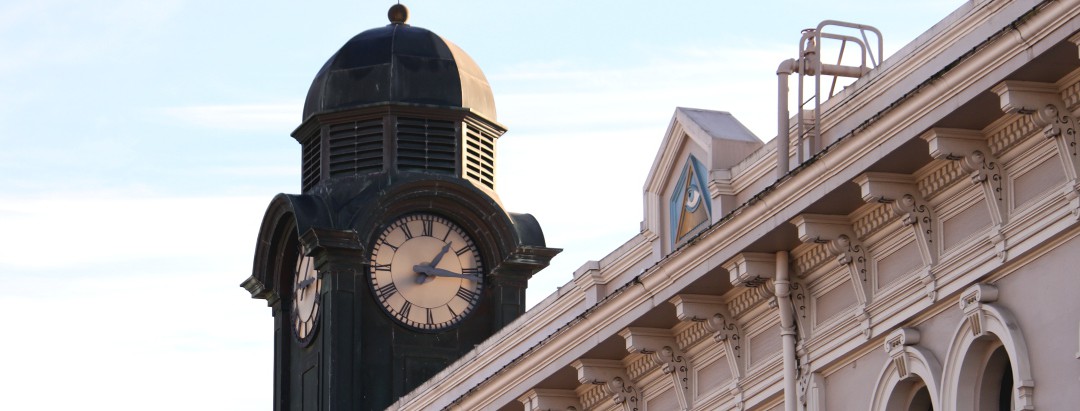
I really enjoyed the article on the town clock (Argus Courier, “Clock tower takes up a lot of time,” Nov. 28). The clock is one of the downtown’s crown jewels. I would, however, like to add a few more details/corrections to the article. The Masonic Lodge building never had a clock tower in its plans. The local citizens started a public subscription to raise funds for a clock tower on the building since, at the time, it would have been the tallest building in town – the better to see and hear the clock. The clock and its tower would become the property of the city – not the Masons. The wooden tower was built and the clockworks (shipped from Connecticut to San Francisco, then by barge up the Petaluma River) were installed.
The clock worked fine for 50-plus years, but by 1934 the wooden tower was rotting away and causing leaks in the building’s roof. The Masons asked the city to repair, replace or remove the tower to protect their building from water leaks. The tower could not be repaired and not having the funds to replace it (1934 being the height of the great depression), the city opted to tear it down. The public demanded the clock be saved. Another round of public donations was started but insufficient funds were raised. The city continued with their plans to tear it down.
Soon the talk was that the Masons’ wanted to tear down the clock. The Masons realized how important it was to the citizens to keep the clock. After all, the lodge building and the clock had been an integral part of the downtown for 50 years, and they decided that it should stay that way.
The Masons proposed a solution to the problem: If the city deeded the tower and the funds raised to support it (about $650) to the Masons, they would replace the tower with one made of copper (which would never rot) and maintain the tower. The city would continue to own and maintain the clockworks. The deal was struck, and the resolution to remove the tower was replaced by one that deeded the tower to the Masons. The new copper tower was constructed using a design that eliminated the steeple. The cost? About $2,000, which amounts to $35,000 in today’s dollars. Remember that this was in 1934 and money was scarce. The average wage was about 50 cents an hour.
The clock worked fine for about another 75 years until 2007 when it simply wore out. The cost estimates ranged up to $50,000 to overhaul it. The city did not have the funds to fix it. Then the recession hit. Funds were really tight – like in 1934 – and an alternate plan needed to be found. Frank Penry, electrical supervisor for the City of Petaluma at the time, found that Eastern Oregon Correctional Institute in Pendleton, Ore., had a master clockmakers program for the inmates and would do it for about $3,000.
The city still did not have the funds and the Masons pledged the entire amount for the overhaul. They also donated the use of a crane to remove it from the building. The clock was sent to Oregon and the repair costs went up to $5,500. Once again, as in 1934, a fundraising campaign was started and numerous citizens and businesses donated money. The Masons pledged that they would donate whatever was needed to get to the $5,500. Reliable Crane and Rigging donated the crane to put it back on the roof and after the public display of the clock at the Petaluma Historical Library and Museum, it was put back into the tower and started calling out the hours once again.
Today the clock is still calling out the hours but is in need of “tender loving care” to keep it running accurately and chiming correctly. I agree with Christian StClaire that an expert clockmaker should get involved by volunteering his/her time to help the city in maintaining the clock. Anybody interested?
(George F. Whitten is a machinist and a 35 year resident of Petaluma and serves on the board of directors of a local nonprofit property management group).


